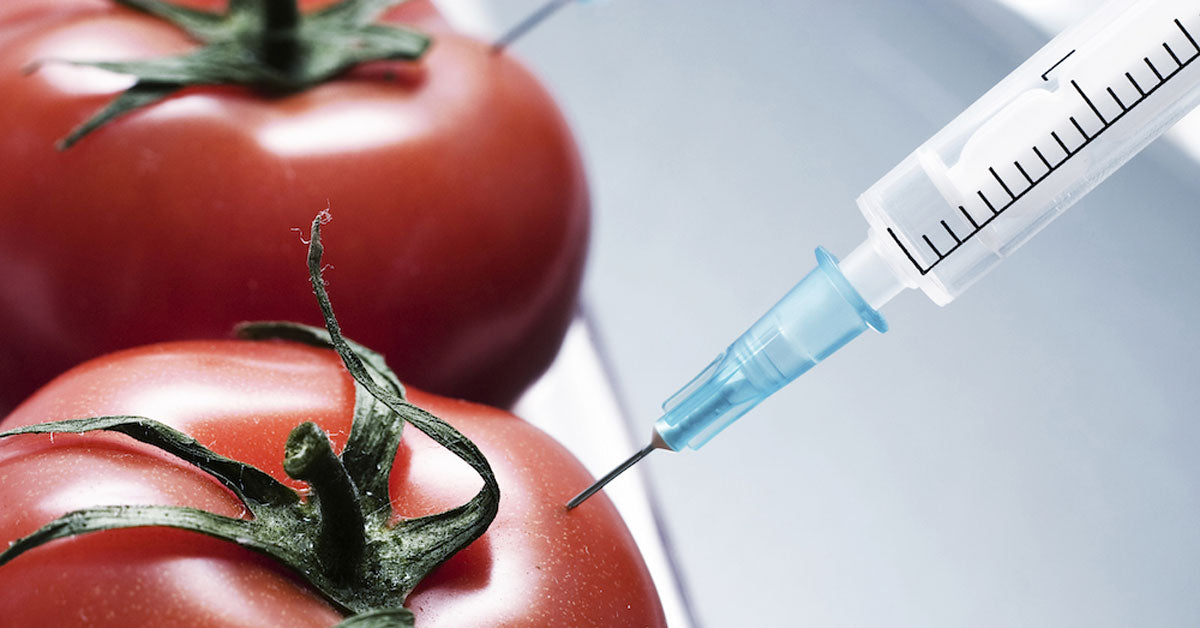Common Food Additives May Pose Health Risk
Posted on 28 July 2018

The American Academy of Pediatrics releases a new report stating that many of the more than 10,000 FDA-approved chemicals used in food and its packaging have never been thoroughly tested. There are concerns they may affect children's immunity, growth and behavior.
With growing evidence that some chemicals found in food colorings, preservatives, and packaging materials may harm children’s health, a new American Academy of Pediatrics (AAP) policy statement calls for urgently needed reforms to the U.S. food additive regulatory process. According to the statement in the August 2018 Pediatrics, “Food Additives and Child Health” (published online July 23, 2018), some currently allowed chemicals may best be avoided--especially for children.
"We're talking about direct additives which are artificial colorings, flavorings, chemicals," pediatrician and Little Leaves co-founder Dr. Carley Gomez-Meade says, "as well as indirect additives. These are substances and the packaging material that come in contact with our food."

The United States allows the use of more than 10,000 additives to preserve, package, or modify the taste, appearance, texture, or nutrients in foods. Many were grandfathered in for approval during the 1950s, and roughly 1,000 additives are used under a “Generally Recognized as Safe” designation process that doesn’t require U.S. Food and Drug Administration (FDA) approval.
"Children can receive a relatively higher concentration based on the amount they're getting for their body weight," Dr. Gomez-Meade explains. "Their metabolic systems, their detoxification systems, are still developing. And they have key organ systems that are still maturing."

Among its recommendations, the AAP calls for a more rigorous and transparent “Generally Recognized as Safe” designation process, including new requirements for toxicity testing before use in the marketplace and re-testing previously approved chemicals.
Some of the AAP’s recommendations may require congressional action. For example, the FDA currently lacks the authority it needs to review existing data on additives already on the market, or to re-test their safety for people to eat. In meantime, the AAP recommends safe and simple steps families can take to limit exposures to the chemicals of greatest concern.
Click American Academy of Pediatrics Says Some Common Food Additives May Pose Health Risks to Children to read full article.
Sources and Resources:
American Academy of Pediatrics Says Some Common Food Additives May Pose Health Risks to Children
Food Additives and Child Health


0 comments